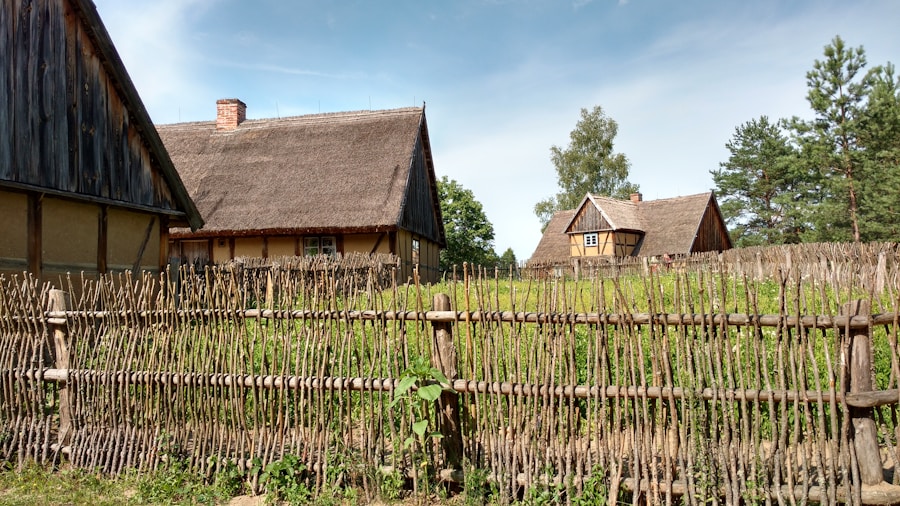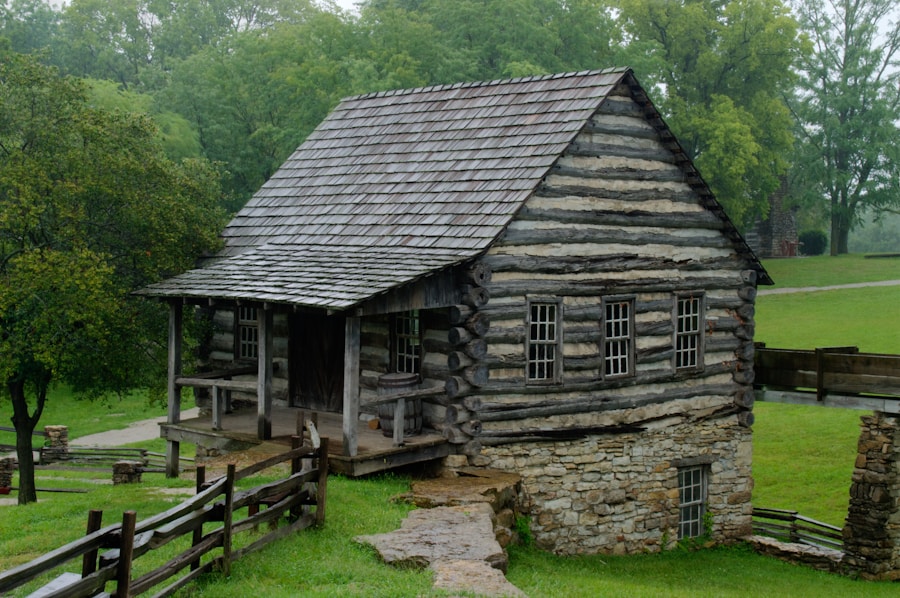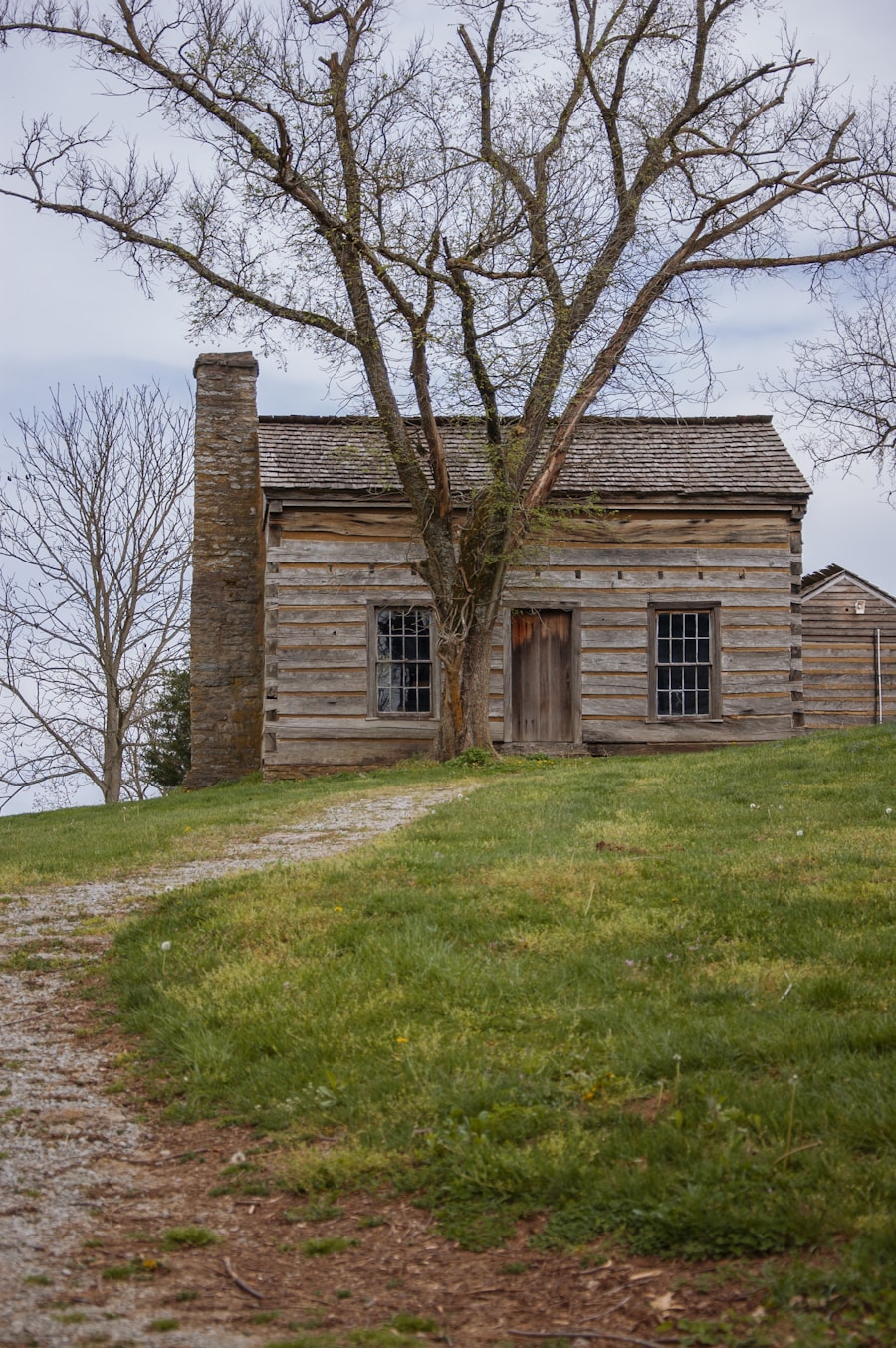The administration of early settlements was often rudimentary, reflecting the nascent stages of societal organization. In many cases, these communities were established by small groups of individuals who sought to create a sustainable living environment. The administrative structures were typically informal, relying heavily on consensus and communal decision-making.
Leaders emerged based on their experience, wisdom, or ability to provide for the group, rather than through formalized systems of governance. For instance, in early Native American tribes, councils of elders would convene to discuss matters affecting the community, ensuring that decisions were made collectively and with respect for tradition. As settlements grew in size and complexity, the need for more structured administration became apparent.
This evolution often led to the establishment of designated roles within the community, such as chiefs, headmen, or councils. These leaders were tasked with maintaining order, resolving disputes, and overseeing communal resources. In ancient Mesopotamia, for example, city-states like Uruk and Ur were governed by a combination of religious and secular authorities.
The priests held significant power, often acting as intermediaries between the gods and the people, while also managing agricultural production and trade. This duality in leadership highlighted the intertwining of spiritual and temporal authority in early administrative practices.
Key Takeaways
- Administration in Early Settlements:
- Early settlements had simple administrative structures with leaders making decisions for the community.
- Governance and Leadership in Early Settlements:
- Leadership in early settlements was often based on kinship or achieved through prowess in hunting or warfare.
- Economic Features of Early Settlements:
- Early settlements relied on agriculture, hunting, and gathering for sustenance and trade for goods not locally available.
- Social Structure and Community Life in Early Settlements:
- Early settlements had tight-knit communities with social roles based on age, gender, and skill.
- Infrastructure and Public Services in Early Settlements:
- Early settlements had basic infrastructure such as shelters, storage facilities, and communal areas for gatherings.
- Cultural and Religious Practices in Early Settlements:
- Early settlements had diverse cultural and religious practices, often centered around nature and ancestral spirits.
Governance and Leadership in Early Settlements
Governance in early settlements was characterized by a blend of informal practices and emerging hierarchies. In many instances, leadership was based on kinship ties or demonstrated prowess in hunting, agriculture, or warfare. For example, among the early Viking settlers in Greenland, leaders known as “jarls” emerged from those who could best provide for their families and communities.
Their authority was often challenged by rival factions within the settlement, leading to a dynamic political landscape where power was fluid and contingent upon individual capabilities. In contrast to these more egalitarian structures, some early settlements developed more rigid forms of governance. The ancient Egyptians established a centralized authority under the pharaohs, who were considered divine rulers.
This system allowed for the implementation of extensive bureaucratic measures to manage resources, labor, and trade. The pharaoh’s decrees were enforced by a class of officials who oversaw various aspects of daily life, from agriculture to taxation. This hierarchical governance model facilitated large-scale projects such as the construction of pyramids and temples, showcasing how leadership could be harnessed to achieve monumental societal goals.
Economic Features of Early Settlements

The economic features of early settlements were primarily shaped by their geographic locations and available resources. Many communities relied on subsistence agriculture, cultivating crops that were suited to their local environments. In the fertile crescent of Mesopotamia, for instance, the introduction of irrigation techniques allowed for the cultivation of wheat and barley, which became staples of the diet.
This agricultural surplus enabled settlements to support larger populations and facilitated trade with neighboring communities. Trade networks began to emerge as settlements expanded their reach beyond local resources. Early traders would exchange goods such as pottery, textiles, and foodstuffs with other groups, fostering economic interdependence.
The Indus Valley civilization is a prime example of this phenomenon; archaeological evidence suggests that they engaged in extensive trade with Mesopotamia and other regions. The discovery of standardized weights and measures indicates that these early economies were becoming increasingly sophisticated, allowing for more complex transactions and the establishment of market systems.
Social Structure and Community Life in Early Settlements
Social structures in early settlements were often hierarchical but could also exhibit significant degrees of fluidity. In many cases, social status was determined by factors such as wealth, occupation, or lineage.
The aristocrats held political power and land ownership, while free citizens participated in civic life but had limited rights compared to their wealthier counterparts. Community life in these early settlements was deeply intertwined with social structures. Festivals and communal gatherings played a crucial role in reinforcing social bonds and cultural identity.
In Mesoamerican civilizations such as the Maya, religious ceremonies often involved the entire community and served to strengthen ties among members while also affirming the social hierarchy. These events provided opportunities for individuals to showcase their status through elaborate displays of wealth or skill, further entrenching social divisions while simultaneously fostering a sense of belonging within the community.
Infrastructure and Public Services in Early Settlements
The development of infrastructure in early settlements was essential for facilitating daily life and supporting economic activities. Basic infrastructure included roads, irrigation systems, and communal buildings that served various purposes such as storage or religious worship. In ancient Rome, for instance, the construction of roads allowed for efficient movement of goods and people across vast distances, contributing to the empire’s economic prosperity.
Public services in these early communities were often rudimentary but vital for maintaining order and ensuring the well-being of residents. In many cases, communal efforts were organized to manage resources such as water supply or waste disposal. The ancient Sumerians developed complex irrigation systems that required collective labor and maintenance; this not only improved agricultural productivity but also fostered cooperation among community members.
Cultural and Religious Practices in Early Settlements

Cultural practices in early settlements were diverse and deeply rooted in the daily lives of their inhabitants. Artifacts such as pottery, tools, and textiles provide insight into the values and beliefs of these communities. For example, the intricate designs found on pottery from ancient Greece reflect not only aesthetic preferences but also cultural narratives that were important to their identity.
Storytelling through art was a means of preserving history and imparting moral lessons to future generations. Religious practices played a central role in shaping the cultural landscape of early settlements. Many communities developed polytheistic belief systems that honored multiple deities associated with natural elements or human endeavors.
The ancient Egyptians worshipped a pantheon of gods such as Ra and Osiris, whose myths explained natural phenomena and provided frameworks for understanding life and death. Rituals often involved offerings or sacrifices intended to appease these gods and ensure prosperity for the community. Temples served as both religious centers and symbols of societal organization; they were places where communal identity was reinforced through shared beliefs and practices.
In summary, early settlements exhibited a rich tapestry of administration, governance, economic features, social structures, infrastructure development, and cultural practices that laid the groundwork for future civilizations. Each aspect was interwoven with others, creating complex societies that navigated the challenges of their environments while fostering community cohesion through shared values and collective efforts.
For a related article to Administration, Governance, and Features of Early Settlements, you may find the article on Graphical Analysis in Dynamical Systems and Examples to be of interest. This article delves into the visual representation and analysis of complex systems, which can be applied to understanding the dynamics of early settlements and their governance structures. By exploring graphical analysis techniques, researchers can gain insights into the evolution and functioning of early settlements in a more visual and intuitive manner.
FAQs
What is the administration of early settlements?
Early settlements were typically administered by a leader or a council of elders who made decisions for the community. They were responsible for maintaining order, resolving disputes, and organizing labor and resources.
What is the governance of early settlements?
Governance in early settlements was often based on a system of rules and customs that regulated behavior and relationships within the community. This could include social hierarchies, codes of conduct, and systems for decision-making and conflict resolution.
What are the features of early settlements?
Early settlements often had distinct features such as a central meeting place, communal living spaces, and rudimentary infrastructure for agriculture, defense, and trade. These features were essential for the survival and development of the community.























+ There are no comments
Add yours